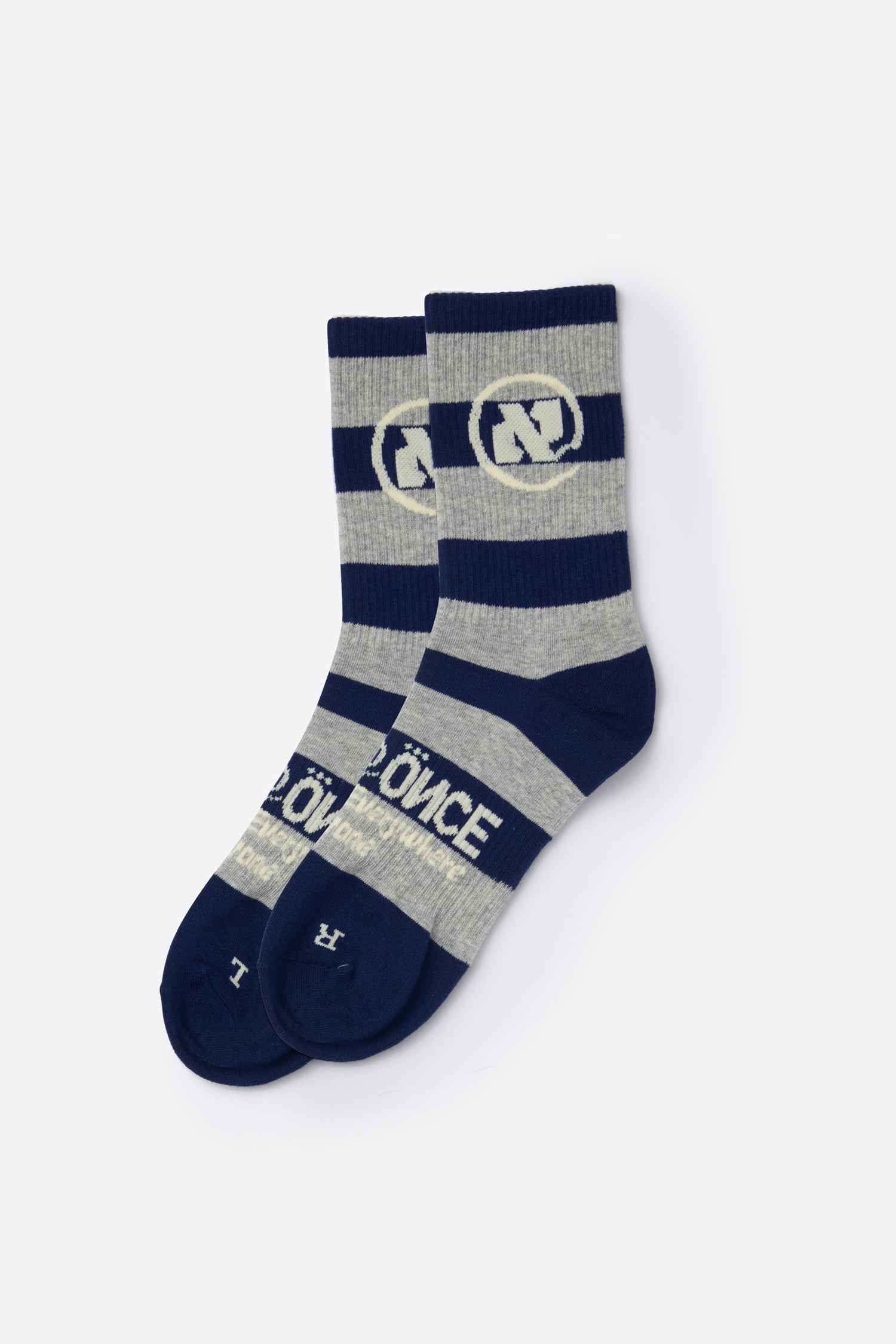Hi, this is Yael, I’m ATA’s designer and a partner in its relaunch/recreation back in 2016.
Let’s start with “the who” –
Shahar Segal, a film and advertisements director and a visionary, with whom I have been working for many years as a stylist/costume designer, went to an AT exhibition at HaArets museum back in 2011, and wondered – “how come we don’t have ATA in our life today?”
Shahar, being himself, didn’t waste a moment and this is how it all began.
I, who has been working with Shahar for so many years, heard about this and it was clear to me that I am the one to partner up with Shahar in this fascinating journey of reviving one of the most cultural, productive and spectacular operations that has been here since the 30’s of the last century.
And like that, back in 2011, we started wondering together how gently and carefully we take something that has been and turn it into something that has a right and place to be present here and now.
How can you specify and define culture, and time period, especially how can you take the clothes that were the reflection of those times and turn it into something that will be relevant and of the essence today as well?
I think that the moment it all became clear to me (at least I hope) what needs to be done and how to validate it in 2016 was when I realized I needed to ask myself the obvious questions – how do I live? Where do I live? What should I do? What do I do for a living? What is a “worker”? what are “worker’s clothes”? and what is “clothes for work”?
The research was done as we moved on
I have created an ATA’s archive from different periods that I found interest in, and I learned a lot from the work of Dr. Dalia Bar Or.
Maybe because I was in my 50’s and not in my 20’s, and because I’m not a designer by education, clothes relate for me to people and to their way of living. I also investigated what was there in ATA’S clothes, and what was missing.
I also thought that the words they chose to use had a meaning and a reason. For example, during ATA’s first 2 decades, they didn’t use the words “design” and “brand”. Instead, they had “clothes planners”. In a way, it guided me as to what I am doing, what I need to cling on to and what to let go, understanding that a need has emotions and a face.
I heard from quite a lot of people that tried on ATA’s clothes that they felt “protected”, and I wondered what that meant and how I can articulate that.
I learned that except for taste sense, all of the senses are participating when one’s choosing a garment.
And to the question – “how to revive something”, I’ll reply that ATA has never really quit.
I tried to keep the memories alive through the small details
The shape of the pockets, the depth of the pockets, the hanging hooks.
It was important to me that the ”old ATA” will be present in the “new ATA”.
I thought that a main part of our lives is about movement, going from one place to another, and I wanted the clothes to address this need of ours.
I wondered – how did we start with A closet, then we moved on to a “walk in closet”, and now we’re looking for “storage solutions”?
I was hoping to create clothes that are the solution.
I was looking at old photographs of Tel Aviv’s beach, people were dressed similar to one another and yet managed to maintain their uniqueness and self-identity.
I wanted to have a sequence – that the then and the now will connect.
I had the honor of meeting Jonathan Muller, Erich Muller’s (ATA’s founder) son and his family at their home in Nahariya. I had the privilege of meeting his wife Rachel, and their grandchildren all wearing ATA – and even to take a photo of that. It was a very special moment, emotional. It has been 4 years since we re-opened ATA, and I feel every day like we have only just begun..
Our ATA is a story of a place, of people, of time, mood and the love that is created between all of these particles. I promise to continue and tell the story in the next few letters.
Yours,
Yael


